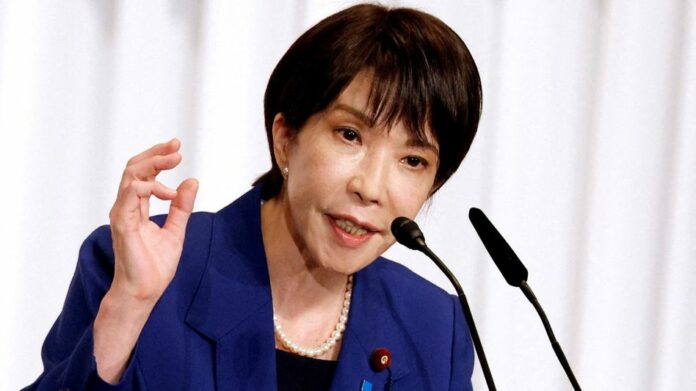Tokyo: Sanae Takaichi । In a landmark moment for Japanese politics, Liberal Democratic Party (LDP) President Sanae Takaichi was elected as Japan’s first woman prime minister on Monday, October 21.
Takaichi, 64, secured 237 votes in the Lower House, defeating Constitutional Democratic Party leader Yoshihiko Noda, who garnered 149, according to Kyodo News. A close protégé of late former Prime Minister Shinzo Abe, Takaichi now faces the challenge of steering a nation struggling with economic stagnation and internal political divisions. (Sanae Takaichi )
Immediately after her election, Takaichi began preparations for her Cabinet formation. Her leadership comes at a time when the ruling party is still reeling from a series of scandals that have strained public trust.
Takaichi has formed a strategic alliance with Osaka Governor Hirofumi Yoshimura, leader of the Japan Innovation Party (JIP), also known as Nippon Ishin no Kai. Although JIP lawmakers are not expected to take up Cabinet positions, the two parties plan to advance key reforms — including a 10% reduction in parliamentary seats, social security reforms, and a proposal to make Osaka a “secondary capital” alongside Tokyo.
JIP parliamentary leader Fumitake Fujita said the coalition move received unanimous backing within the party, noting there were “no opposing or cautious opinions.”
Despite Takaichi’s offer of “several ministerial posts” to JIP members, the party has opted to remain outside the Cabinet for now. Former JIP chief Nobuyuki Baba confirmed that no members supported joining the administration during Sunday’s discussions.
Takaichi’s ascension to the top post marks a historic milestone for gender representation in Japan, and her premiership is being closely watched both domestically and internationally. Her ability to balance reform, governance, and party cohesion is expected to define the next phase of Japan’s political landscape.

